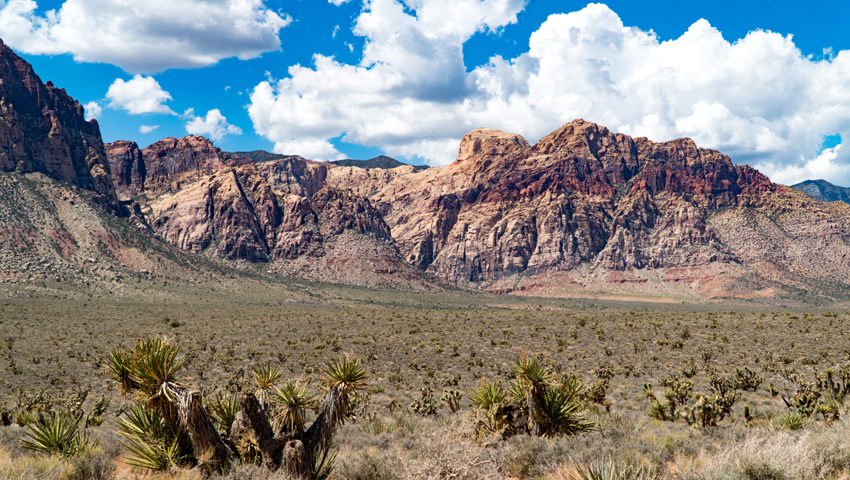THE US Department of Agriculture (USDA) has announced major changes and new investments that recognize and support the vital role that working lands play in sustaining wildlife.
The USDA is committing $500 million and leveraging resources from all available conservation programs, including the Conservation Reserve Program, into its highly successful Working Lands for Wildlife frameworks.
The investment is part of the USDA’s implementation of the Inflation Reduction Act and includes $250 million from the Agricultural Conservation Easement Program (ACEP) and $250 million from the Environmental Quality Incentives Program (EQIP) over the next five years.
The agency is also staffing up through a major hiring initiative and has committed $30 million over five years to bolster WLFW team’s science and coordination capacity through partnerships.
USDA Under Secretary for Farm Production and Conservation Robert Bonnie laid out the changes in a speech in Boulder. He said “America’s farmers, ranchers, forest owners and tribes steward the majority of our nation’s wildlife habitat, and our work with them has yielded enormous gains for sage grouse, longleaf pine, and other species and ecosystems.
“Working Lands for Wildlife is ready to go to the next level, and today’s incorporation of the Conservation Reserve Program into its vision is a major leap forward. We pledge to keep building the policy, funding, and human capacity to deliver large-scale, working-lands conservation well into the future.”
In the western USA at least $40 million of EQIP and ACEP funding will go toward USDA’s ongoing efforts to help conserve migratory big game habitat, allowing a continuation of an existing partnership with the state of Wyoming and an expansion to the neighbouring states of Idaho and Montana.
Lesli Allison, Chief Executive Officer of the Western Landowners Alliance, said “The USDA-Wyoming Big Game Partnership Pilot is proving out a win-win model of conservation that recognizes the central importance of working lands to both people and wildlife. We are hearing interest from landowners, partners and state agencies around the West in this program.”
“Migratory big game like elk are a challenge for many landowners,” said Erik Kalsta, a cattle and sheep rancher in the Big Hole Valley in Montana and Working Wild Challenge program manager for the Western Landowners Alliance. “It’s one that comes with the territory, but can still be the difference between make or break for some ranches. I’m glad to see USDA expanding their most collaborative and helpful programs for sustaining big game habitat, and the additional USDA staff needed to implement them in a timely fashion.”
Advances in science in the past decade have demonstrated how reliant migratory big game are on private land, including in the West. Arthur Middleton, a wildlife biologist at the University of California, Berkeley, and Senior Advisor for Wildlife Conservation at USDA, said, “Most of America’s biodiversity, sensitive species, landscape connectivity, and natural carbon storage opportunities depend heavily on private working lands.”
“I am encouraged that USDA is investing in the long-term stewardship of working lands in Idaho,” said Pahsimeroi rancher and Western Landowners Alliance board member Tom Page. “These ranching operations are integral to our state economy, our abundant wildlife, and our agricultural heritage. It’s also good to see that NRCS is increasing their staff across the state and making it easier for landowners to access both NRCS and FSA programs.”
